The History of the Bomber Jacket
Let’s take a closer look at how this classic silhouette has stood the test of time.
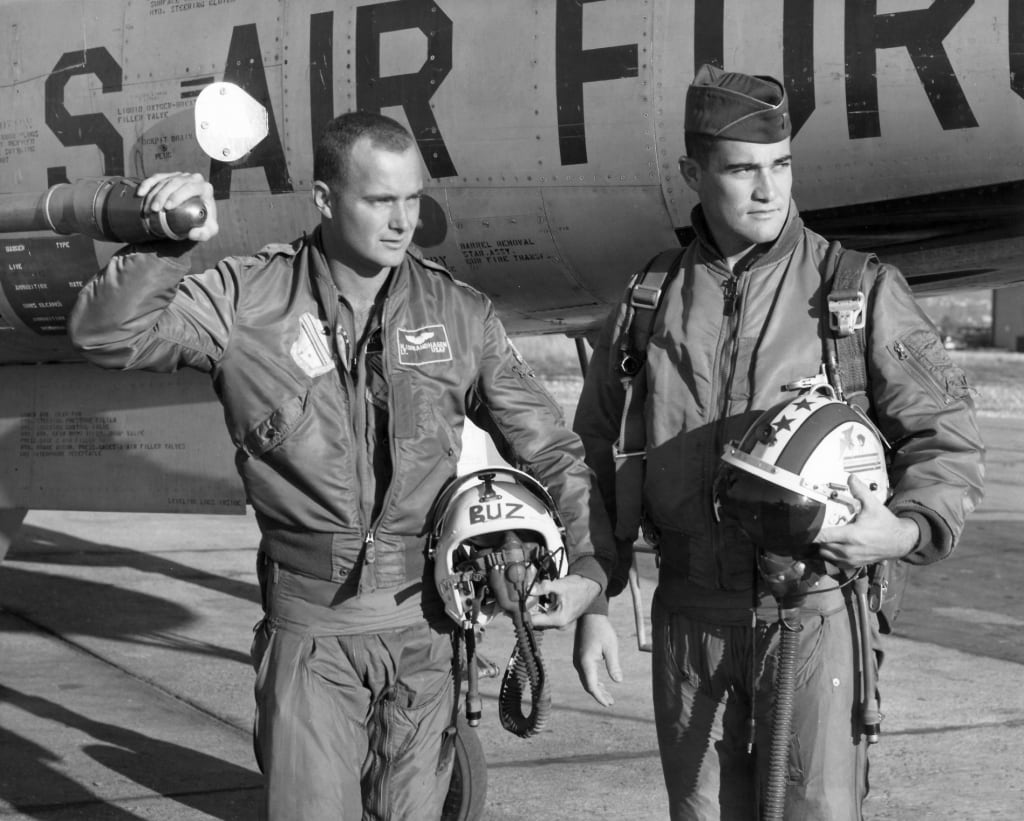
Bomber jackets have an extremely rich history that goes back over one hundred years. Today, they’re rooted in our day-to-day fashion, but they didn’t start off that way. Before they were worn as streetwear, the bomber jacket was used as a functional, heavy-duty garment for pilots.
Its origins begin during WWI when aviation was still in its early stages. Most cockpits were not enclosed or sealed properly, leaving the pilot open to cold air while flying. It was the French and Belgium Royal Flying Corps who first donned the thick flying jackets in 1915. The jackets were made of leather as it was believed to be the most reliable material to combat severe flying conditions.
Once the United States heard about these practical jackets, they started the Aviation Clothing Board in 1917, in order to create a proper uniform for pilots to wear. By 1932, the A-2 was released, and would go on to become one of the most well-known styles released by the U.S. Army Air Corps. The jackets were lined with fleece to keep pilots warm, and included front pockets, elasticated sleeves, and a high collar. Additional fur was added as planes could now reach much higher altitudes, and in-turn, colder temperatures. Although the style was slim, the leather would often freeze at higher altitudes, leading to a very uncomfortable flight.
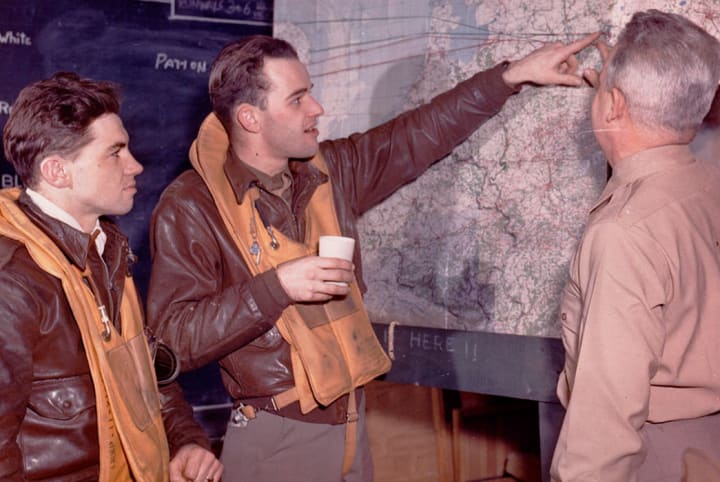
The A-2 Bomber Jacket
Often cited as the grandfather of the modern day bomber jacket, the B-15 still included a fur collar and front pockets, but it was made of cotton, and had leather straps to hold oxygen masks in place.
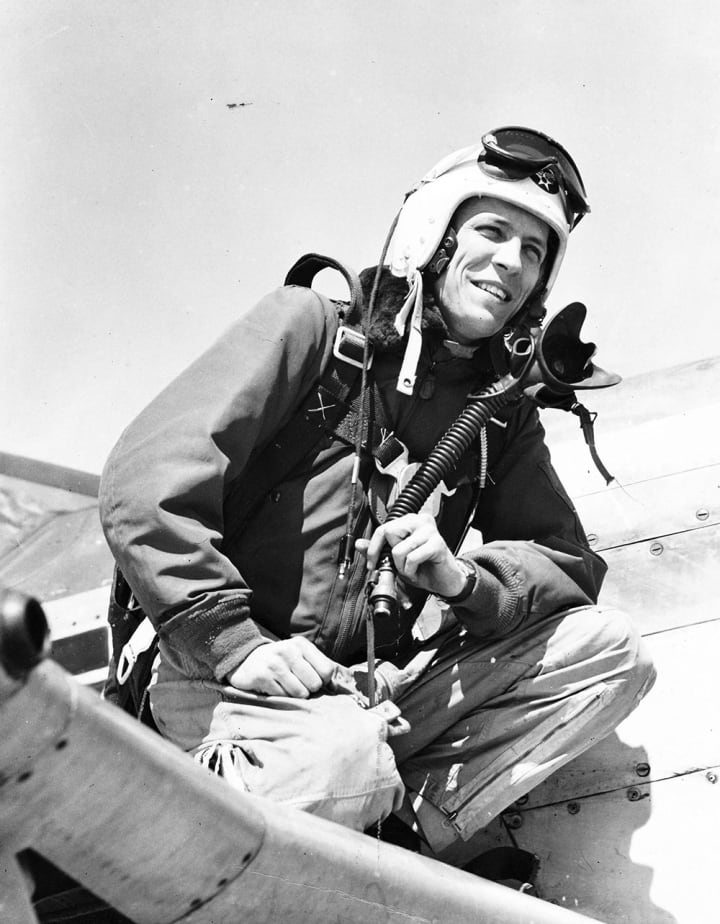
The B-15 Bomber Jacket
Innovation was needed, and it came in the form of the MA-1.
After WWII, nylon became the material of choice for flight apparel, as it weighed very little, and was resistant to water, mildew, and insects. Since aviation had greatly improved, fur collars were no longer a necessity to combat the cold. Collars were now knit, and the inside was a reversible bright orange in case of an emergency.
The MA-1 is one of the most replicated styles of bombers, and is still worn frequently today, because of their slim design, and light-weight fabric.
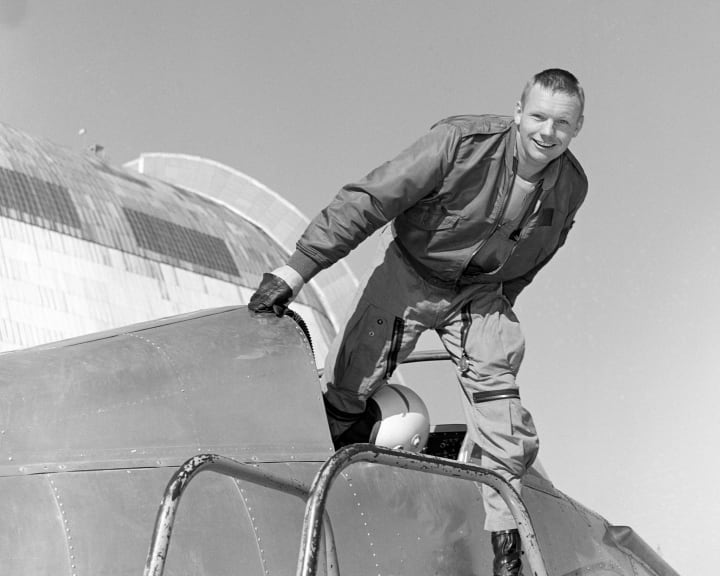
Neil Armstrong Wearing the MA-1 Bomber Jacket
As the 1940s and 1950s came to a close, the freedom that came with the 1960s, allowed the bomber jacket to enter civilian life. MA-1s were mass produced in markets across North America, Europe, and Asia, and even grew into a huge trend in Japan.
In England, subcultures began to experiment with the bomber jacket. Skinheads adopted the style as a rougher looking version of the lighter Harrington Jacket worn by their mod counterparts.
A new type of aviation was also beginning to take its place in the mainstream: space travel.
Lead by the enthusiastic, young president, John F. Kennedy, NASA’s astronauts took centre stage. Often wearing the jackets during ground training, with the NASA logo located on either the chest, or the shoulder, astronauts became the new celebrities.
Kennedy himself also had his own bomber jacket that reinforced his young look to the country. Known for his sense of fashion, he would often wear his beloved Navy G-1 bomber jacket with the presidential seal sewn on the chest during casual weekends in Hyannis Port.
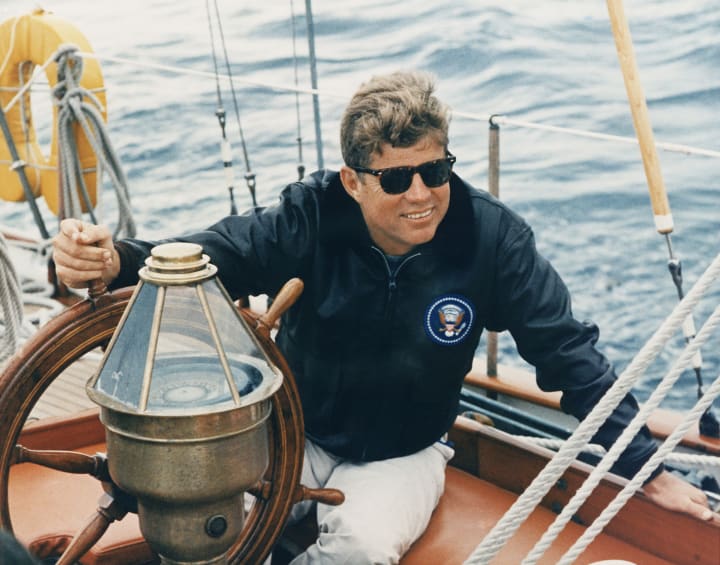
President John F. Kennedy Wearing the G-1 Bomber Jacket
Throughout the 1980s, bomber jackets exploded back into the mainstream after being used by multiple male actors in blockbuster films.
Films have had a huge impact on the continuous resurgence of bomber jackets in popularity. In the 1950s, it was Marlon Brando in A Streetcar Named Desire (1951), and James Dean in Rebel Without A Cause (1955).
After certain subcultures claimed the bomber jacket as their own, it was the 1980s and 1990s that would see several popular male leads donning the jackets again.
Steve McQueen in The Hunter (1980), Tom Cruise in Top Gun (1986), Bruce Willis in Pulp Fiction (1994), and Ewan McGregor in Trainspotting (1996) all played iconic roles, while wearing the, even more recognizable, bomber jacket. Even today, Christopher Nolan’s period piece, Dunkirk (2017), sees Tom Hardy as a pilot during WWII wearing a version of a B-3 bomber, and Ryan Gosling dawns a gold scorpion bomber jacket in Drive (2011).
The bomber that we now see today has popped up everywhere in the high fashion, streetwear industry. Many celebrities have paired the outerwear multiple ways, each reflecting their own personal style.
The bomber jacket has lasted through 100 years of history. From being an essential piece of a fighter pilot's uniform during both WWI and WWII, to becoming the streetwear staple it is today, the bomber jacket has stood the test of time.
So next time you throw on your favourite bomber jacket, think of the last 100 years of history you’re wearing on your shoulders.
Watch the accompanying video here:
About the Creator
Shandi Pace
History lover, music nerd and sports fanatic. | Instagram & Twitter: @shandipace, YouTube: https://www.youtube.com/shandipace






Comments
There are no comments for this story
Be the first to respond and start the conversation.